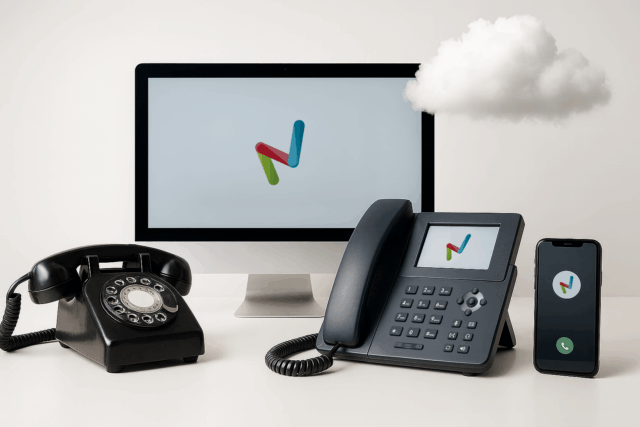VoIP stands for Voice over IP. In other words, making phone calls over the internet. Instead of using traditional phone lines, you use a data connection (like Wi-Fi or Ethernet) to handle calls.
The benefits of VoIP are clear: it’s cheaper, more scalable, and more flexible than legacy telephony. It also enables modern features like call forwarding, voicemail-to-email, call recording and video calling. Almost all modern phone systems, from desk phones to mobile apps, now rely on VoIP.
Important to know: VoIP is the technology, not the service itself.
